In a dramatic turn of events, Republican lawmakers in the U.S. Congress are pointing fingers at the far‑left wing of the Democratic Party, asserting that its demands and intransigence are the driving force behind the looming federal government shutdown. What began as budget and policy negotiations has morphed into a full‑blown ideological battle—one that the GOP claims is placing American workers, essential services, and national credibility at risk.
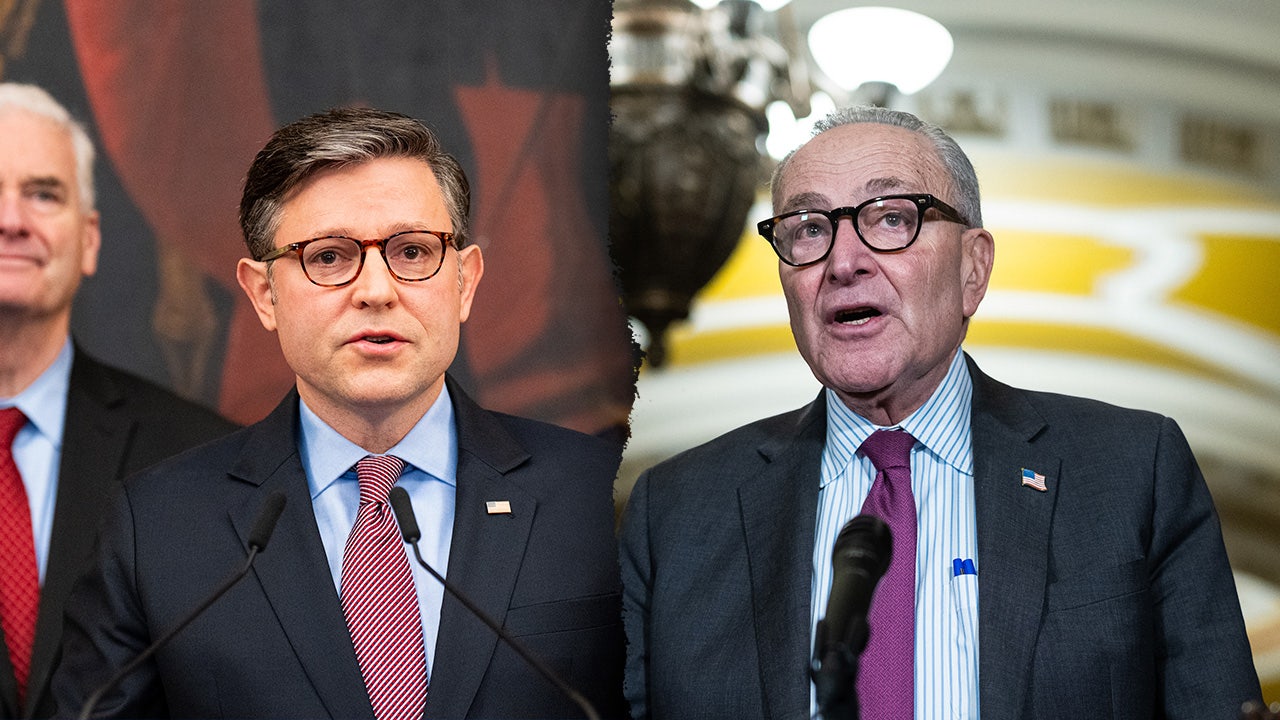
The Situation: Shutdown Looms, Blame Begins
As of late September and early October 2025, Congress faces a funding deadline. If a continuing resolution (CR) or full appropriations bills are not passed before midnight, large parts of the federal government will shut down. Senate Democrats blocked a Republican‑backed funding plan to carry operations forward, while Republicans rejected a Democratic proposal that included robust healthcare subsidies and social spending.
In the House of Representatives, GOP leaders have seized the moment. They assert that while Republicans control both chambers of Congress and the presidency, it is the Democrats—specifically the far‑left Democrats—and their refusal to compromise that are responsible for the impasse. The narrative from the Republican side: “We offered a path; they rejected it in order to advance radical priorities.”
Key GOP Messaging
Steve Scalise (R‑LA), House Majority Leader, issued a press release accusing Democrats of keeping the government shut down “to appease their far‑left radical base.”
John Thune (R‑SD), Senate Majority Leader, warned that Democrats’ internal pressure from the far left could lead them to “let the government shut down” rather than compromise.

GOP‑aligned state party officials (e.g., the Iowa GOP Chairman) placed blame on Democrats for pursuing a “$1.5 trillion far‑left wishlist” and sacrificing veterans, seniors, law enforcement, and military families.
In short, Republicans are framing the far‑left wing of the Democratic caucus as the real obstruction—not the usual budget negotiations over partisan log‑rolling.
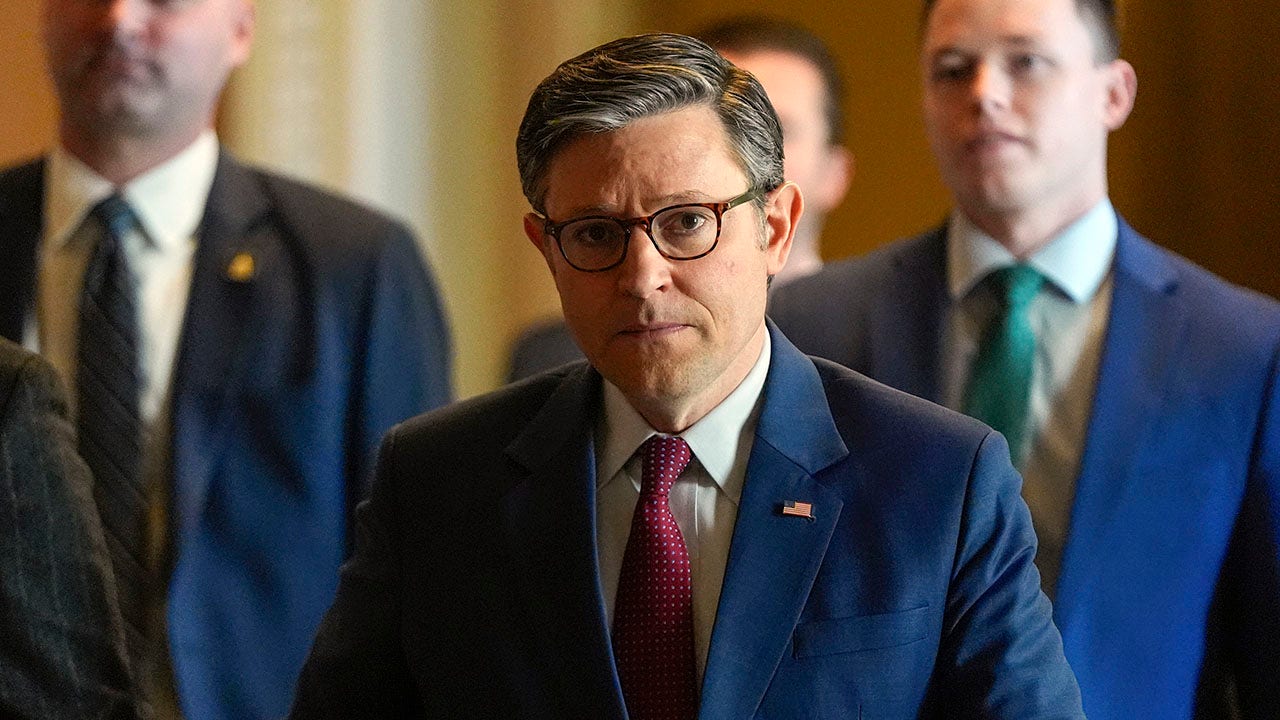
What the Far‑Left Democrats are Demanding
To understand the GOP’s complaints, one needs to examine what the far left of the Democratic Party is pushing:
Extension of enhanced tax credits under the Affordable Care Act (ACA) for millions of Americans.
Reversal of recent cuts to the Medicaid Expansion for low‑income Americans.
A spending package that goes beyond the traditional stop‑gap CR, with climate, social welfare, and structural reform measures bundled in.
Using the shutdown threat as leverage to force negotiations on those demands, rather than simply relying on typical appropriations processes.
For many Republicans, this agenda crosses a line: budget negotiations become hostage to ideological priorities, and the government’s operations become a bargaining chip.
Why GOP Lawmakers are So Incensed
Operational Impact and Credibility
Republicans point to concrete fallout: federal workers furloughed, national parks closed, TSA agents unpaid, delays in veterans’ services. By blaming Democrats for triggering or prolonging the shutdown, GOP lawmakers aim to highlight the human cost and erode Democratic messaging that they guard against shutdowns.
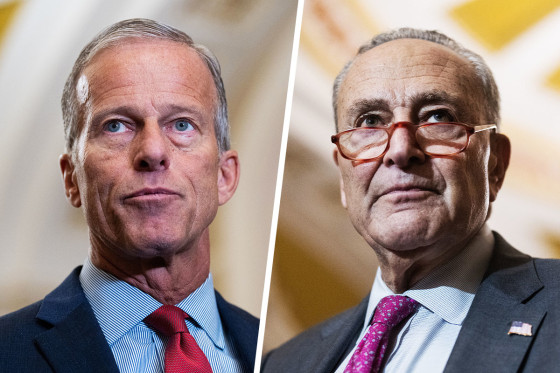
Political Optics Reversal
Historically, Republicans were often the ones blamed for shutdowns when they held power and pushed hard‑right themes.But now Republican leaders view the situation as flipped: Democrats are controlling their caucus yet refusing to fund the government without large policy concessions. This inversion is fueling the GOP narrative: “We are offering a solution, they are rejecting it for show.”
Internal Democratic Fractures, External Leverage
Republicans observe and exploit the fissures within the Democratic caucus—moderates who want to avoid shutdowns, progressives who want maximum leverage. GOP leaders believe that as long as the far left holds the line, the defensive posture for Democrats becomes untenable. House and Senate Republicans are publicly calling out the far‑left’s role in policy standoffs rather than simply contesting the usual “they’re obstructing” narrative.

Messaging for the Midterms and Beyond
With the 2026 midterm elections on the horizon, Republicans see a chance to frame Democrats as the party of disruption, not of governance. By focusing on far‑left obstruction, they attempt to drive a wedge between mainstream voters and progressive demands. Also, by focusing blame on Democrats despite GOP majority, Republicans hope to re‑brand themselves as the “reasonable” party committed to keeping government open.
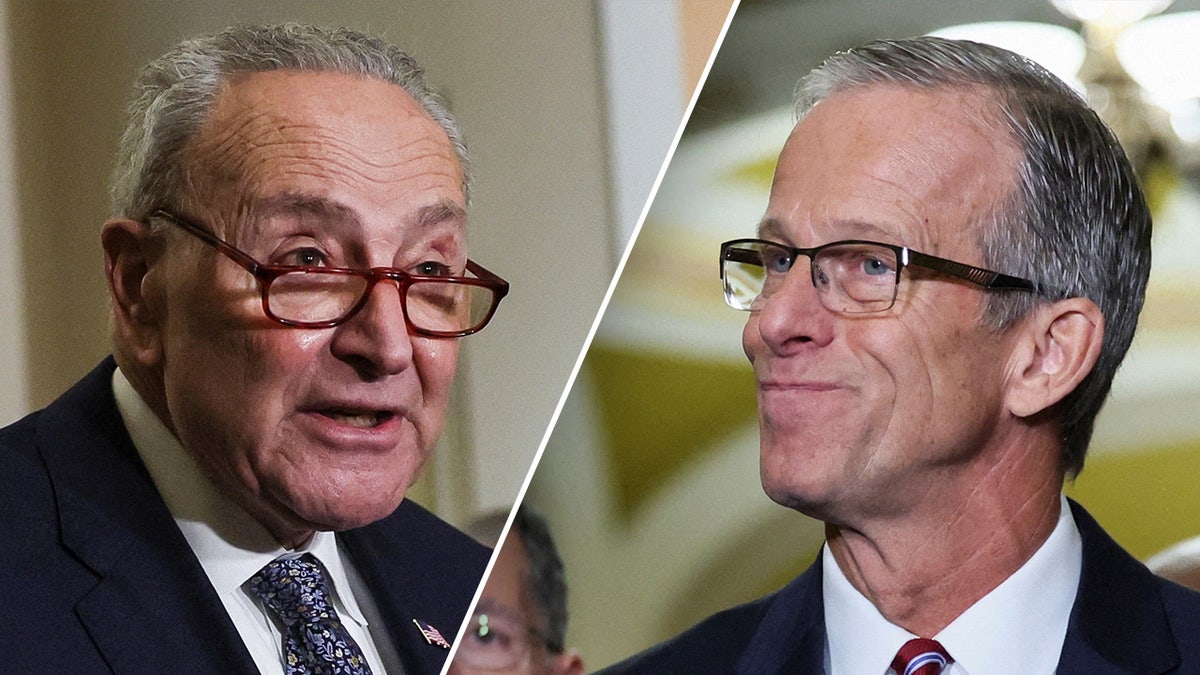
How Democrats Respond & Push Back
While GOP lawmakers paint the far left as the villain, many Democrats offer counter‑arguments.
Democratic Leadership’s Position
Chuck Schumer (D‑NY), Senate Minority Leader, has insisted that Democrats take a hard line partly because previous clean CRs facilitated Republican policy overreach—especially under the previous administration.
Democratic spokespeople argue that Republicans are rejecting compromises despite controlling both chambers, thus forcing Democrats into a corner in order to defend policies like the ACA credits and Medicaid.

Progressives’ View
Far‑left Democrats and their allies contend that passing minimal funding without addressing underlying priorities amounts to surrendering to austerity and program cuts. They argue that a shutdown is a last‑resort tool to force meaningful negotiation. After all, many in this wing perceive that constant compromise has yielded worsening outcomes on climate, inequality, and health care.
Moderates’ Warning
Importantly, some moderate Democrats are uncomfortable. For example, Rep. Jared Golden (D‑ME) criticized his party’s far left for using “hard‑ball politics” and claimed the shutdown was unnecessarily harming Americans. This internal pushback strengthens GOP claims that the far left is dictating strategy over the majority will.
The Bigger Stakes: Not Just a Shutdown
While the immediate crisis is funding, the conflict has broader implications.
Governance vs Ideology
The question at the heart of this fight: Is it acceptable to risk shutting down government operations to extract policy concessions? GOP stonewalled budgets when they held power, yet now accuse Democrats of the same. The far‑left contends that structural change requires leverage; Republicans argue the country cannot be held hostage to ideological checklists.
Party Identity and Electoral Risk
For Democrats, allowing far‑left priorities to dictate shutdown strategy risks alienating centrist voters and playing into GOP messaging of chaos. For Republicans, linking the shutdown to the far left of the opposing party helps them reclaim the “responsible governance” label, even while facing internal pressure from fiscal hawks or ideological hard‑liners themselves.

Budget Process Integrity
Some analysts warn that using shutdown threats as a regular negotiation tool erodes the norms of congressional budgeting and governance. The longer the standoff drags on, the more structural damage to trust between parties and to the institutions that rely on continuous funding.

What Happens Next?
Possible Scenarios
Democrats concede a deal without full policy wins – If public backlash bites, Democratic leadership may strike a compromise to restore funding, but this could grow rifts with their progressive wing.
Shutdown deepens, blame game intensifies – If funding remains unresolved, Republicans will push the “Democrats shut it down” narrative, while Democrats may try to rally base support by portraying shutdown as forced by GOP intransigence.
Mid‑term electoral fallout – Whoever is seen as responsible for the shutdown risks electoral damage. Republicans hope to frame Democrats as responsible, but if federal services suffer significantly, GOP may also pay a price.
Post‑shutdown reform push – Both parties might respond by reforming the appropriations process (e.g., automatic continuing resolutions) to avoid future shutdowns; the current crisis could serve as catalyst.
Key Watch‑Points
Will moderate Democrats publicly break with progressives and support a clean CR to restore funding?
How will Republican leadership communicate with federal workers, veterans, and other constituencies harmed by the shutdown?
Which media narratives take hold: “Democrats holding the government hostage” vs “Republicans obstructing even with power”?
Will public opinion shift toward one party or another as the shutdown’s effects spread into economy, services, and livelihoods?
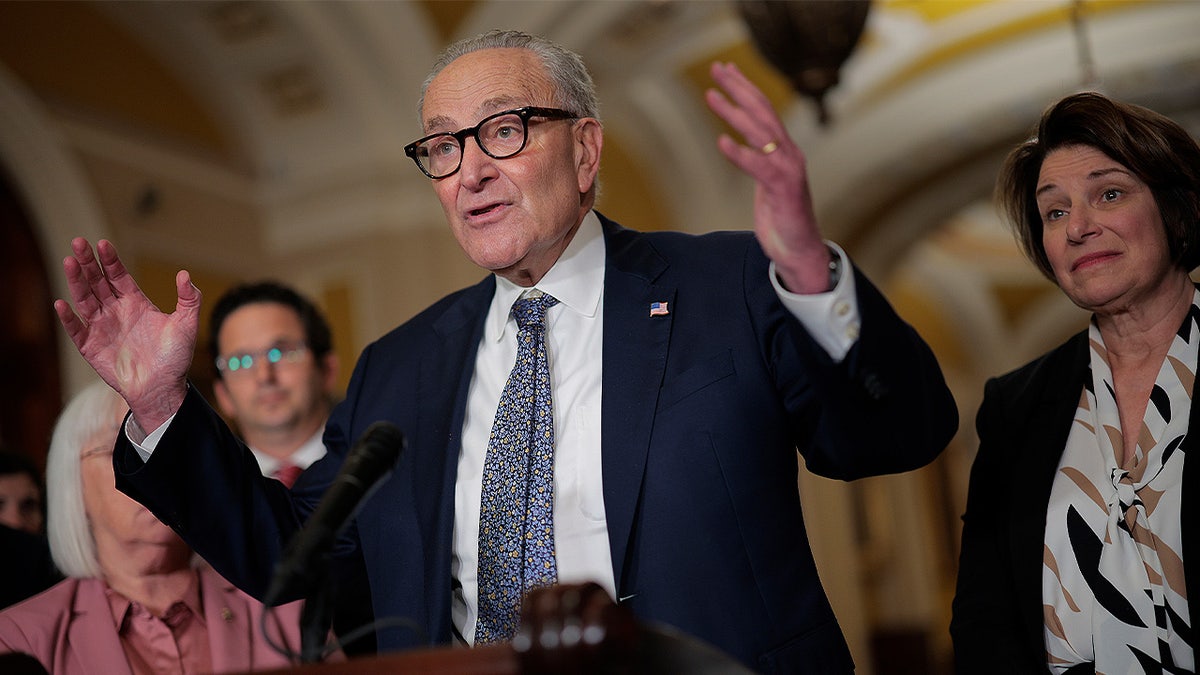
Analysis: Why the GOP Is Betting Big on the Far‑Left Blueprint
Republicans are doubling down on the narrative that far‑left Democrats are the problem. But why pick that target now?
Internal Democratic fracture = vulnerability: The GOP sees a split within Democrats as an opportunity to exploit. By placing blame on the far left, Republicans hope to co‑opt moderates and independents.
Deflecting their own responsibility: Since Republicans currently hold majorities and the presidency, the logic of blaming Democrats might superficially seem backwards—even historically improbable. But if they succeed in making the far left the focus, they shift attention away from their own control.

Setting long‑term messaging terrain: By painting the far left as irresponsible and radical, Republicans aim to pre‑empt future policy fights (on health care, climate change, social spending) by delegitimizing the insurgent wing of the opposition party.
Preserving their governing credentials: Republican leaders want to look like the “reasonable party”—willing to negotiate funding—but forced into agony by ideological indictments from the left. If they succeed, they strengthen their appeal for 2026.
Risks for the GOP Approach
Yet this strategy is not without its pitfalls:
If the shutdown causes wide‑spread damage (military readiness, disaster response, veteran services), the public may shift blame to whichever party holds power—likely Republicans in this case since they control the presidency and Congress.
Over‑emphasizing the far left might alienate moderate Republicans or independents who view funding and services as non‑partisan necessities.
If Republicans appear hypocritical (previously using shutdown tactics themselves), voters may opt out of the blame game and punish both parties.
A long shutdown may force both parties into rapid deal‑making, undercutting the narrative advantage that the GOP hopes to cultivate.
Concluding Thoughts
The headline—GOP Congressmen Decry Far‑Left Democrats Over Government Shutdown”—captures more than simply partisan finger‑pointing. It reflects a deeper ideological war for the soul of both parties. On one side, far‑left Democrats are willing to risk government operations to force policy outcomes. On the other side, Republicans are presenting themselves as the stewards of governance, framed in contrast with ideological excess.
Whether this positioning pays off will depend on who voters believe is responsible—and that in turn depends on the visible impacts of the shutdown, the narratives that dominate media, and the eventual path to resolution.